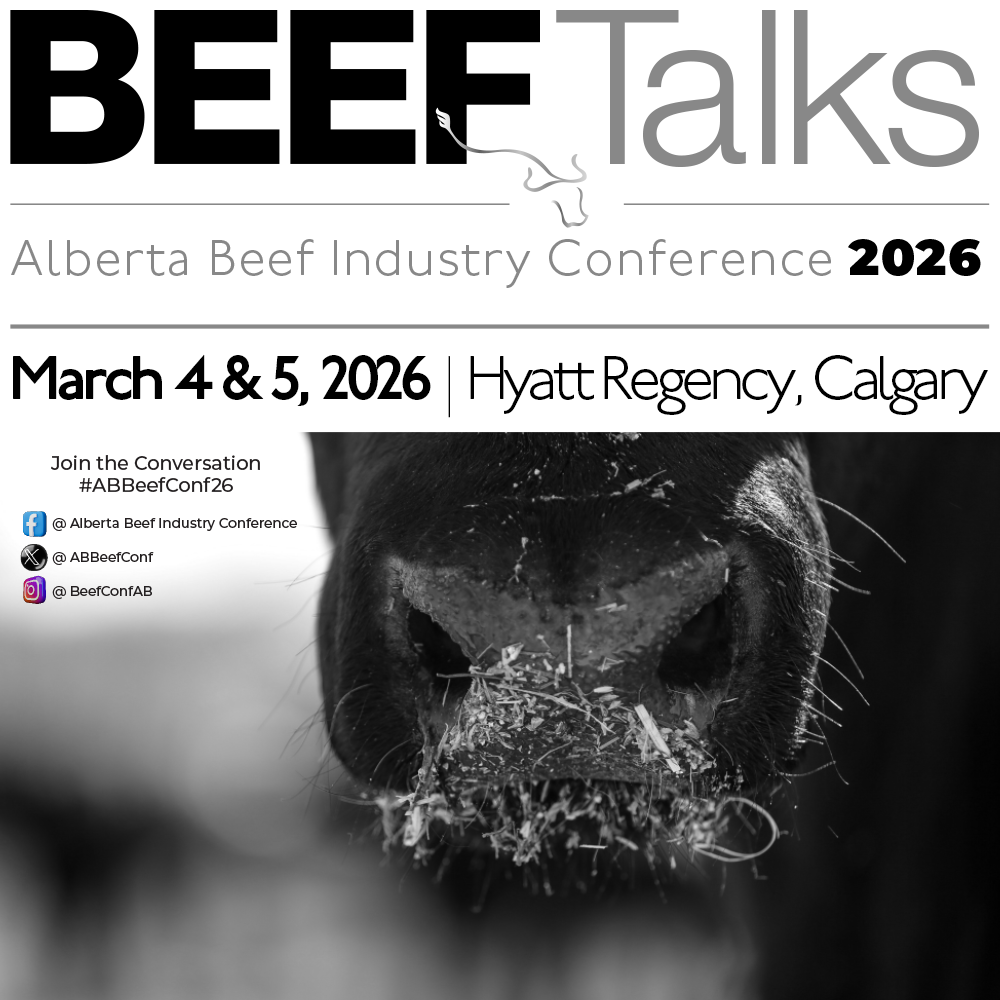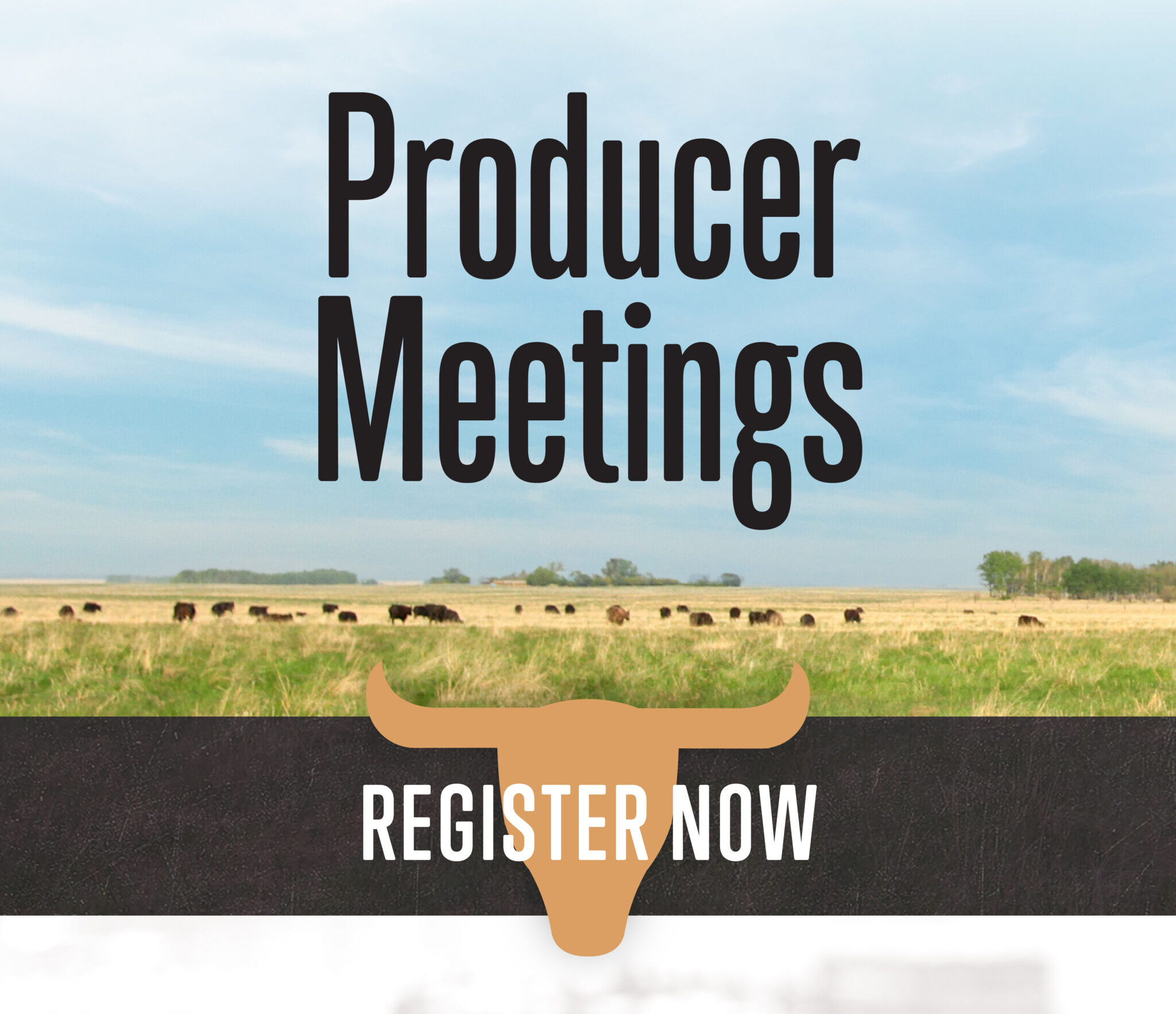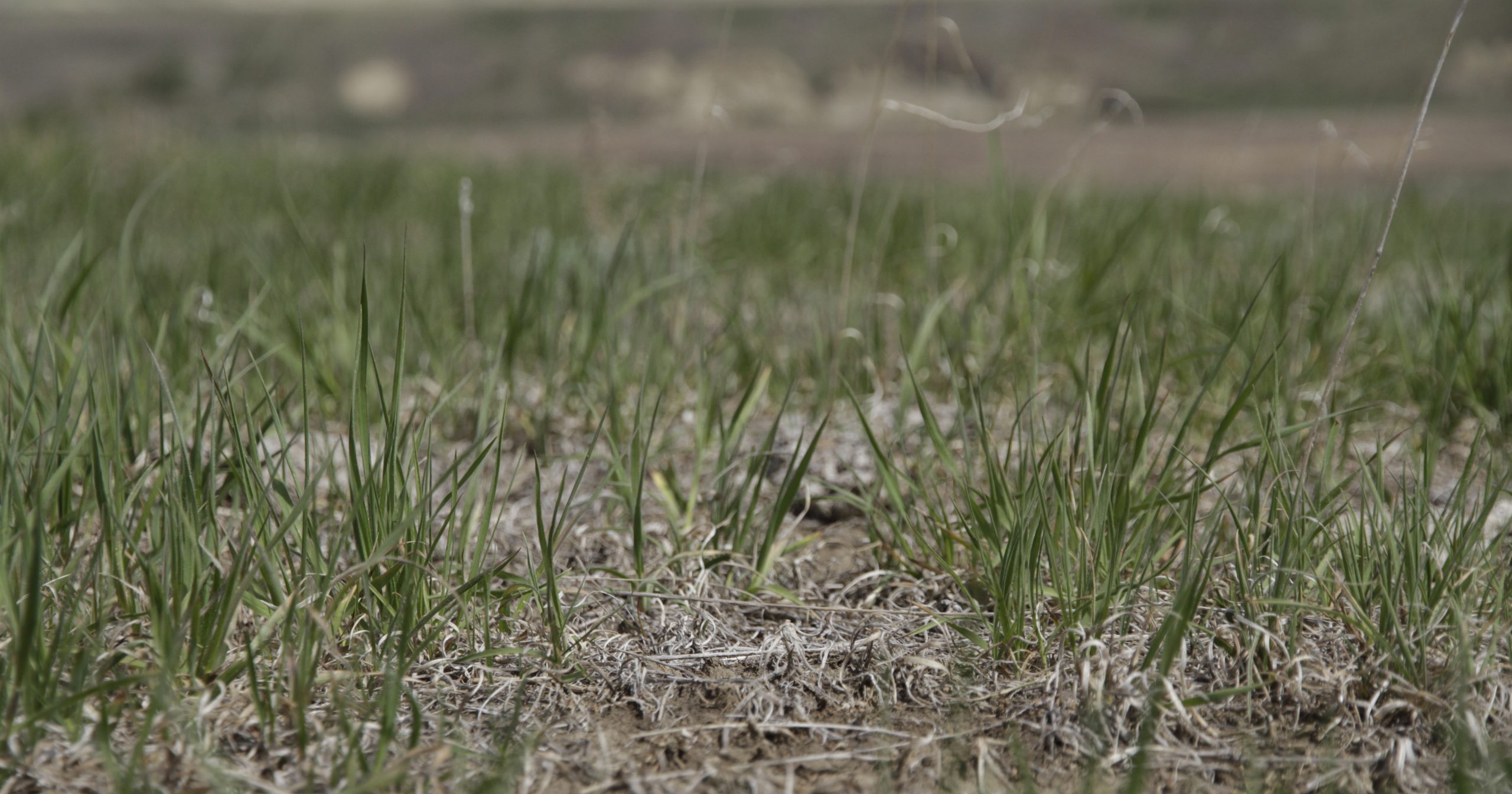AB Direct - Steers
Rail: 495.00 del
AB Direct - Heifers
Rail: 495.00 del
US Trade- Steers
Rail: 355.00-363.00 (IA, NE)
US Trade - Heifers
Rail: 355.00-363.00 (IA, NE)
Canadian Dollar
0.05
Elanco Canada launches new sustainability initiative
Elanco Canada – a subsidiary of a global animal health leader Elanco Animal Health – has announced the launch of a farm animal sustainability initiative, Leave it Better. Following its launch in the United States in 2022, Leave it Better will unite the scope of Elanco Canada’s sustainability work with pork, poultry, beef and dairy…
CFIA approves 3NOP as first feed ingredient to reduce methane emissions from cattle
The Canadian Food Inspection Agency (CFIA), is announcing the approval of 3-Nitrooxypropanol (3NOP) as a new livestock feed ingredient aimed at reducing methane emissions from cattle. Canadian farmers and ranchers are long-time partners with the environment and manage their land and animals to ensure sustainable and viable operations for the long-term. The efficiency and environmental…
Livestock drought assistance expanding to new regions in Alberta
The 2023 Canada-Alberta Drought Livestock Assistance initiative is expanding eligibility to 23 new regions and extending the application deadline. Livestock producers in eligible regions who altered their usual grazing practices due to drought conditions for more than 21 days this season can apply for financial support to cover losses incurred to manage and maintain female…
Preventing a biosecurity breach
Biosecurity hazards on beef operations are sometimes overlooked, however, the risk of introducing disease onto your farm is real and more common than you may think. Routine practices such as shared fence lines, buying in replacement breeding heifers or bulls, borrowing stock trailers or outsourcing farm work can bring unwanted diseases onto your farm. Even producers who consider…
Canadian Roundtable for Sustainable Beef releases second sustainability assessment
The Canadian Roundtable for Sustainable Beef (CRSB) released its second and highly anticipated National Beef Sustainability Assessment (NBSA) and Strategy report. The assessment reflects three years of in-depth scientific analysis and highlights the Canadian beef sector’s progress between 2014 and 2021 on sustainability indicators like greenhouse gas emissions, biodiversity, carbon storage, human health and safety,…
New NRCB operational guideline for portable calf housing
The Natural Resources Conservation Board (NRCB) has updated its approach to the regulation of portable calf housing (hutches) in response to industry and market changes. Portable calf housing is no longer viewed as short-term manure storage under the Agricultural Operation Practices Act. More information is available in the NRCB’s new Operational Guideline 2023-1: Portable Calf Housing…
Survey: Alberta Farm Mental Health
To get a better picture of Alberta farmers and ranchers’ mental health needs and struggles, AgKnow is launching a Farm Mental Health Survey. The survey, according to AgKnow, is to help drive change in mental health support for farming communities across the province. “Your responses pave the way for tailored support programs that directly address…
Science confirms the beef industry’s environmental benefits
Canadian beef producers continue to make significant progress in making their operations more environmentally sustainable thanks in part to research and extension efforts. “We’ve done a lot of work to quantify how beef producers are reducing their environmental footprint,” Dr. Kim Ominski says, citing results showing lower greenhouse gas emissions, water use and ammonia emissions per…
2023 Annual Report: Canadian Cattle Association
This message was originally posted in Alberta Beef Producers’ 2023 Annual Report. You can find the PDF of the report here. It’s a privilege to share my first report as President of the Canadian Cattle Association (CCA) with beef producers from Alberta. This year has brought many challenges for beef producers across the country. It’s ranged…
Alberta commits $700K to decrease farm and wildlife conflicts
The Government of Alberta has announced over $700,000 in funding in an ongoing effort to prevent human-wildlife conflicts in southwestern Alberta. The province says residents of southwestern Alberta have raised concerns regarding the growing grizzly bear, black bear, wolf, and cougar populations, and how they impact local communities and farms. The Waterton Biosphere Reserve Association…
CRSB releases comprehensive update to its Certified Sustainable Beef Framework
Following the first scheduled five-year review, the Canadian Roundtable for Sustainable Beef (CRSB) is pleased to release a fulsome update of the Certified Sustainable Beef Framework (the “Framework”). All components of the Framework were reviewed by a committee representing the whole beef supply chain, with input from stakeholders, subject matter experts, and public consultation. Key…
Taking a look at insect forecast maps for 2024
The calendar flips to January, and suddenly it seems like spring isn’t all that far away. Especially when the winter is as mild as many parts of the Prairies have experienced so far. Looking ahead, it’s easy to wonder what is going to cause headaches for this year. Will it be a lack of rain,…












